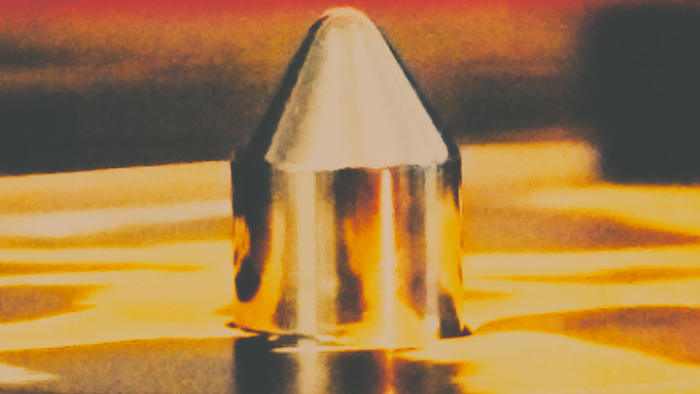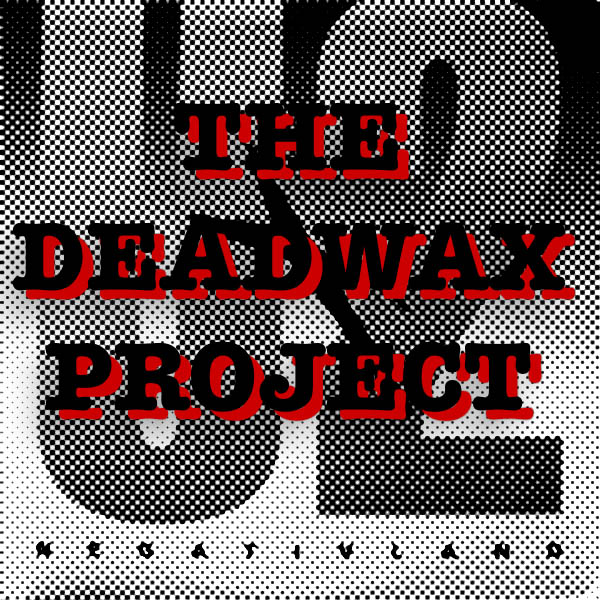
As my sound art catalog grows, it seems necessary to fire a shot across the bow about copyright, parody, fair use, and a lot of other issues related to working in sound. Therefore…
SOMETHING LIKE A MANIFESTO OF SOUND ART by Joe Wallace
Introduction: The Medium Is Not The Message, Except When It Is
There are plenty of arguments for and against appropriation in the arts. A lot of these arguments get confusing and blurry when leaving the realm of visual art behind in favor of sound-based work, or when combining visual art and sound-based art. Issues of copyright, musicianship, ownership and more become trickier and more complex for the simple reason that it’s easy to land in front of a judge for doing sound-based appropriation.
Why? Commerce. Sound art often finds its way into the same distribution channels as music, and when this happens, legal complications arise that do not necessarily apply when showing visual artwork or even sound-based work in a gallery context. The sound-based artist works at her (legal) peril unless the work is strictly controlled in terms of duplication and distribution.
Unfortunately for those of us interested in pursuing this type of work, sound art usually finds a way to be experienced outside the gallery context whether we want it to or not. It’s a double-edged sword that promotes and threatens to destroy the work at the same time.
Fair Use, Parody, Satire, Social Commentary, and Reportage
Those who work in sound art (especially with appropriated material) are doomed to repeat history unless they take the time to study case law related to potential legal issues in their work. Sound art legal problems most commonly center around appropriation-a legitimate art practice that has terrifying legal consequences unless the right precautions are taken.
Legal precedent around Fair Use, parody, satire, and reportage includes the general notion that satire “excuses” certain types of appropriation. Parody, at least at a certain point in legacy case law around copyright issues, seems to have a greater amount of protection. Satire is protected speech, but there is legal precedent for finding sound artists guilty of copyright infringement because their satire was too broad, poking fun at a larger societal issue rather than directed specifically against the appropriated material. If you work with appropriated audio material, it seems necessary to insure that the work you’re using is directly addressed by satire rather than hoping an audience is sophisticated enough to connect the dots.
Objects Of Ridicule
In my own work, there are several recurring themes including the collision between organized religion, politics, advertising/PR, and sexuality. It is the express purpose of this manifesto to identify a demarcation line between personal beliefs, and the propaganda of organized religion, politics, and corporations. There’s nothing wrong with a personal belief in a product, political party, supreme being or beings, or mass media. The point at which belief or support turns into an issue suitable for parody and satire is when organizations or individuals go on record (literally on vinyl records for my purposes) to influence, convert, evangelize, and condemn on behalf of organizations or belief systems.
Personal belief or participation is not the same as an attempt to influence or control. Institutional critique is the heart of my work in sound art. William Burroughs once stated, and I paraphrase, that control only leads to more control. I would add the notions of influence, propaganda, and groupthink to that statement. This is the core of my work in sound in many ways.
What My Work Is About: Burning Questions About Ideas, Illusions, and Control
Can art made by, for, and about consenting adults be “illegal”? What are the consequences of living in a society where such potential exists? Who decides? At what point does sound become the exclusive property of one person or group? What are the ramifications of the physical or digital reproduction of sound with respect to these issues? Is it possible to “own” a digital recording? What does the ownership represent? Are the actual zeros and ones of digital data owned or are we talking about the illusion created by the assemblage of these zeroes and ones in your headphones, your screens, your devices?
My work in sound is satire, parody, social commentary, and in some cases reportage. In ANY instance where appropriated audio is being used, my direct intent is to satire, parody, and/or comment directly on the source material. The inclusion of the appropriated material should be interpreted directly as commentary, satire, parody and/or reportage. This is not simply a statement intended to absolve my work of copyright issues, it is a sincere expression of intent as well as an instruction to the listener as to how the work should be interpreted.
Telling people how to interpret one’s art is generally considered “not done” in the art world. But in these litigious times, those who work with appropriated material may feel forced, as I do, to direct attention to specific investigation of the material appropriated.
-Joe Wallace
February 26 2017
 The image here is a screen grab from a mixed-media sound art installation I’ve been working on as part of my new series, The DeadWax Project.
The image here is a screen grab from a mixed-media sound art installation I’ve been working on as part of my new series, The DeadWax Project.

